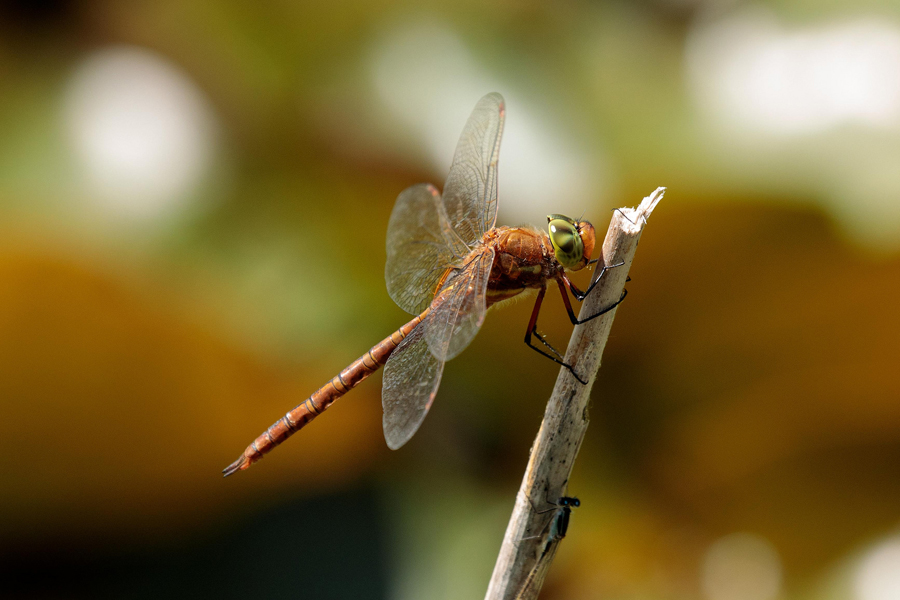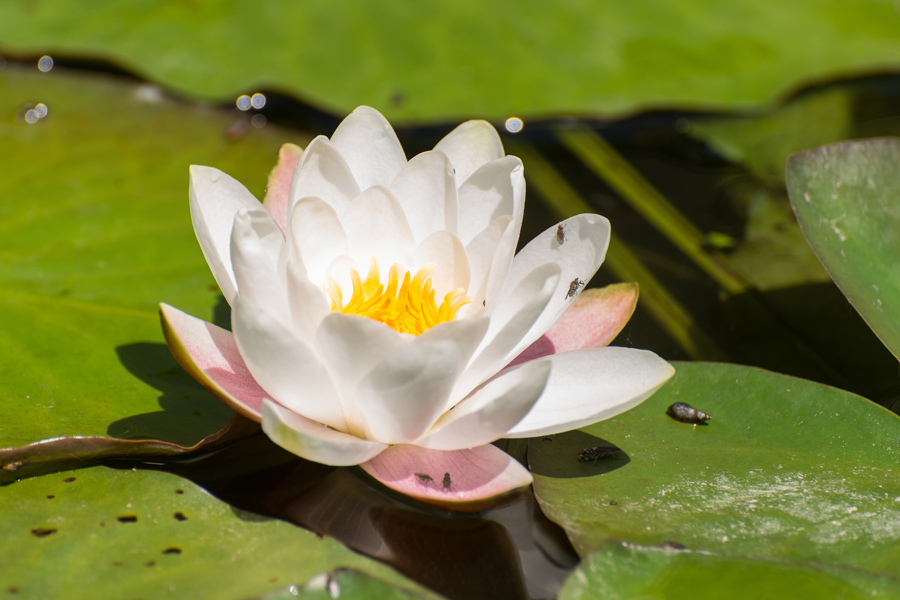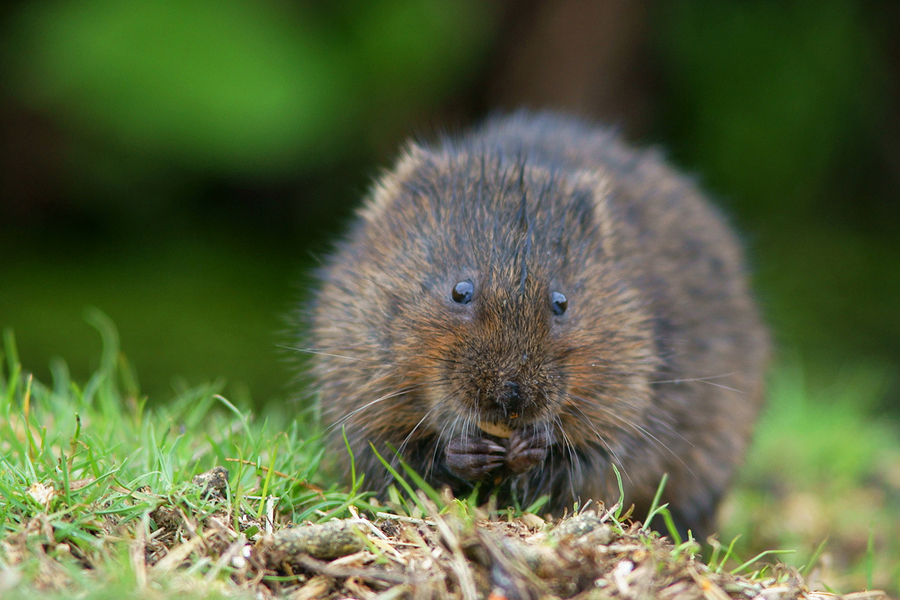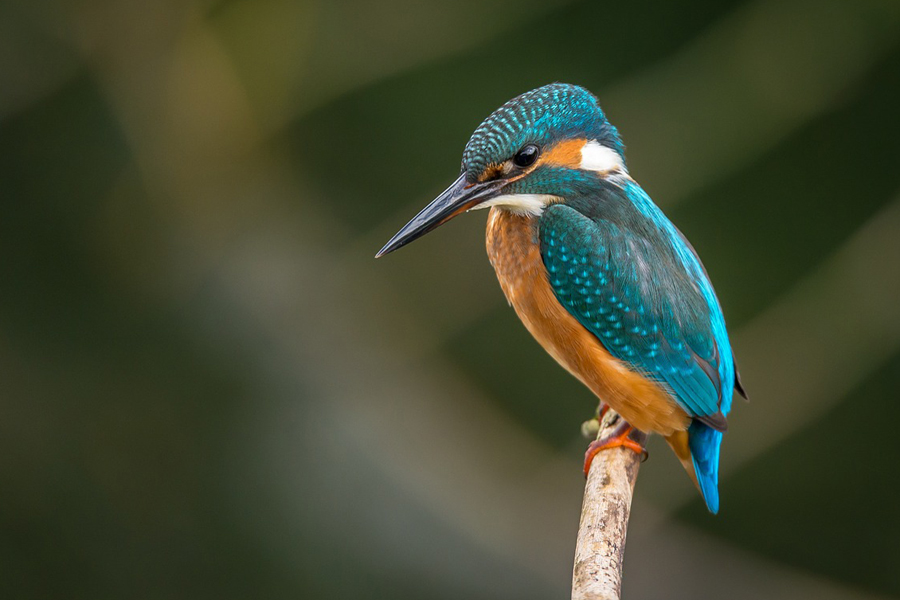

Today is World Rivers Day, a time to celebrate the importance of rivers across the globe and to promote understanding and stewardship of these unique environments. Being Britain’s largest protected wetland with seven amazing Rivers flowing through the national park, we certainly think it’s appropriate to get celebrating here in the Broads!
Our rivers, broads, dykes and fens are truly special - not only do they offer the perfect place to explore some fantastic hobbies; they are also teeming with rare animals and plants. So join us in celebrating and read on to discover some of the most special and interesting species you can expect to find in the Broads.

When we think of dragonflies we think of vibrantly coloured insects, energetically zipping about around the water’s surface and the river banks. However, dragonflies actually spend most of their life underwater in the dykes and ditches as a larva (or nymph). The Norfolk Hawker, which can be identified by its brown colouring and green eyes, can even spend up to two years in this state! The Norfolk Hawker is protected by law and is so nationally rare that it can only be found here in East Anglia, making it a special species.
Where to find: Norfolk Hawkers can be found in June and July. They like slower moving water or still dykes, so areas including Hickling, How Hill and Strumpshaw Fen are great places to spot one. Keep an eye out for Water-soldier plants too as Norfolk Hawker larva can often be seen close by.
The ‘Great’ in Great Diving Beetle could refer to a number of things; their impressive size, fearsome jaws or their expert hunting prowess. These aquatic beetles are some of the largest that can be found in the UK, and some species, such as the Great Silver Diving Beetle, are some of the rarest too.
Where to find: Grab your net and get dipping in some of the rich river-supported dykes in the Broads and you might get lucky. Be careful when handling if you do catch one though - they can certainly bite!

Water-lilies, whether they are white or yellow, are a popular water plant for good reason. These unmistakable flora sit on the water’s surface, producing enormous and elegant flowers which can be easily spotted (and admired) over the summer period.
Where to find: They are quite picky and are only found in slow moving areas with good water quality in the Broads, try the quieter stretches of the smaller rivers.
Saggitaria sagittifolia, or ‘arrowhead’ named so because of the distinctive arrow shape of its leaves, is another nationally uncommon water plant that can be found here both submerged and on the surface of the broads rivers. Keep an eye out for its attractive white and purple flowers.
Where to find: Arrowheads prefer the less-travelled regions such as the quieter upper reaches of the northern rivers.
They might not look as exciting as a water lily (instead resembling freshwater seaweed) but the various species of stonewort algae found in the Broads are still very special. These aquatic plants are incredibly rare in the UK due to high levels of water pollution, but thankfully they can be found in certain sites in the Broads with particularly good water quality. In fact, the presence of stoneworts has been a key reason why the Broads have had so many important scientific designations; hence conserving them is a real priority!
Where to find: The rare stoneworts are present in the upper reaches of the Thurne, including Martham Broad and especially Hickling Broad.

Another animal that was once common throughout the UK, the Water vole is an iconic species under considerable threat due to predation and habitat loss, although thankfully the Broads is still a real stronghold for this small, furry rodent. Many people mistake them for rats, but despite being the largest of the voles, they are still much smaller and look quite different with their furry tails and rounded faces.
Where to find: Water voles live in burrows close to the water’s edge and can often be heard splashing into the water if disturbed, so taking a stroll along a quiet stretch of riverbank could reward you with a sighting.
European eels are one of the most fascinating species in the Broads; they migrate here from the Sargasso Sea (thousands of miles away), take twenty years to mature, and can even live as long as a human. At one time they could be found in abundance here in Norfolk and Suffolk, but eel populations have unfortunately taken a steep decline in recent times, making seeing them a rarity.
Where to find: They might not be as common a sight as in the past but eels can still be found in our rivers here in the Broads, with sightings reported particularly in the River Wensum and River Thurne.

A list of the top species found amongst the Broads Rivers wouldn’t be complete without mentioning the flash of iridescent blue and orange you’re treated to as a kingfisher darts in front of you as it searches for its next meal. This small, exotic looking bird is definitely one of the nation’s favourite birds, but again is much less common than in years gone by, even finding itself as an ‘Amber List’ species.
Where to find: Kingfishers like nesting in steep banks and are a territorial species who will hunt a particular stretch of river by perching on overhanging branches, so look out for these characteristics on your next riverside walk and you might get lucky!
This article has covered just a handful of the amazing species that you can find in and around the rivers, broads, dykes and fens of the Broads National Park and there are loads more special species out there for us to celebrate. If you’ve been inspired to get out and have a look for some of them yourself, make sure you take a look at our wildlife things to do page.